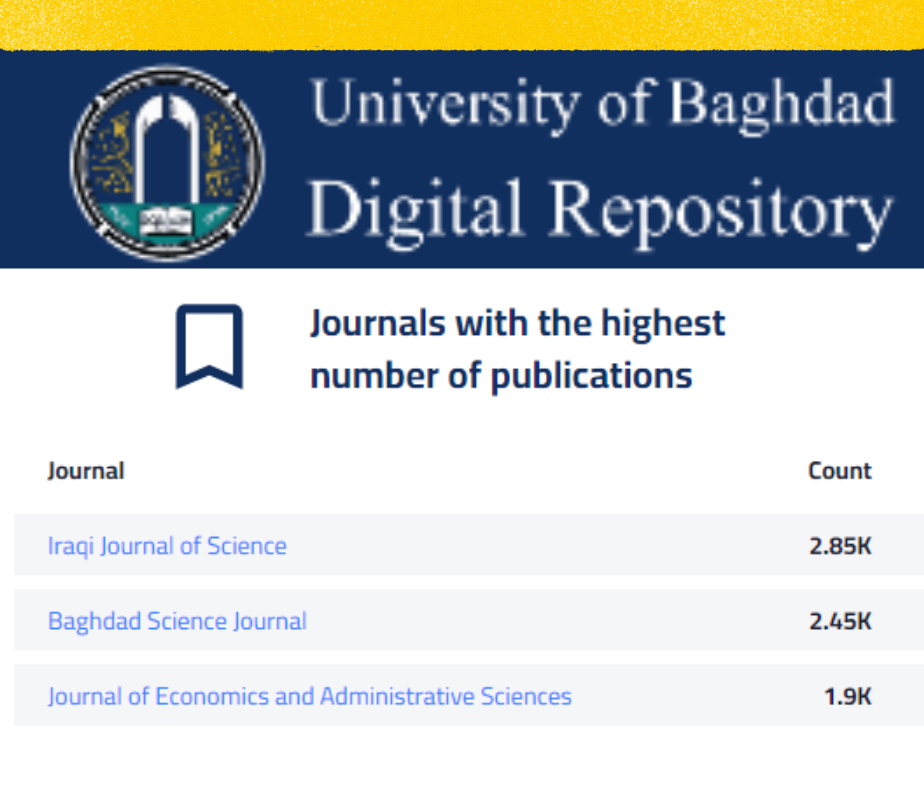Using Kernel Density Estimator To Determine the Limits of Multivariate Control Charts.
DOI:
https://doi.org/10.33095/jeas.v26i124.2050Keywords:
Quality Control, Kernel Density Estimation, Gaussian Kernel, Least Squares Cross ValidationAbstract
Quality control is an effective statistical tool in the field of controlling the productivity to monitor and confirm the manufactured products to the standard qualities and the certified criteria for some products and services and its main purpose is to cope with the production and industrial development in the business and competitive market. Quality control charts are used to monitor the qualitative properties of the production procedures in addition to detecting the abnormal deviations in the production procedure. The multivariate Kernel Density Estimator control charts method was used which is one of the nonparametric methods that doesn’t require any assumptions regarding the distribution of the data or determine the control limits in monitoring the production procedure when the data doesn’t follow the normal distribution or has an unknown distribution. The aim of this paper is to monitor the production procedure throughout a number of variables simultaneously to reflect the quality of the produced material. Simulation experiments were used with deferent significance levels to illustrate the way in which the multivariate Kernel Density Estimator charts method work while adopting the average range length criterion to demonstrate the performance and efficiency of the used methods. The results show that the method of nonparametric Kernel Density Estimator charts for the Gaussian Kernel had a good performance especially at significance levels with long-range
Downloads
Downloads
Published
Issue
Section
License
Articles submitted to the journal should not have been published before in their current or substantially similar form, or be under consideration for publication with another journal. Please see JEAS originality guidelines for details. Use this in conjunction with the points below about references, before submission i.e. always attribute clearly using either indented text or quote marks as well as making use of the preferred Harvard style of formatting. Authors submitting articles for publication warrant that the work is not an infringement of any existing copyright and will indemnify the publisher against any breach of such warranty. For ease of dissemination and to ensure proper policing of use, papers and contributions become the legal copyright of the publisher unless otherwise agreed.
The editor may make use of Turnitin software for checking the originality of submissions received.













 How to use the OJS system
How to use the OJS system 











